In this Decoded article for the next issue of Door Security + Safety Magazine, I covered a code change that will finally clear up the requirements for double-cylinder deadbolts.
~~~
This Decoded article was published in Door Security + Safety
.

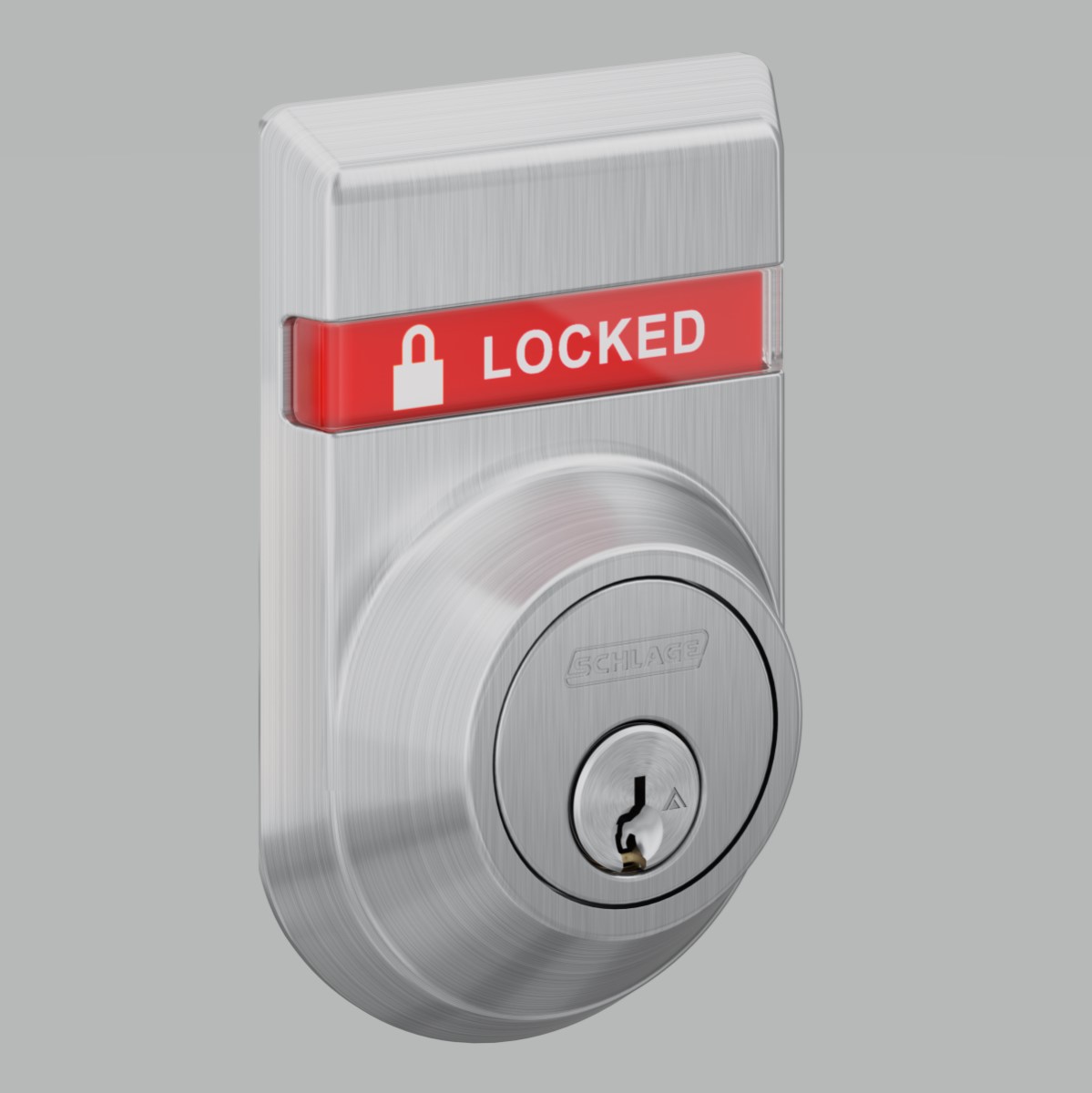 Although most doors in a means of egress must allow free egress at all times, there are a few exceptions. One of these exceptions is found in both the I-Codes and the NFPA codes, and applies to key-operated locks, which have a key cylinder on the egress side of the door. The idea is that a double-cylinder deadbolt installed on a main entrance door will have to be unlocked in order for the building to be occupied, and the door will allow egress for the occupants inside. If employees are present in the building when main door is locked, they will have access to other exits and to the key for the main door.
Although most doors in a means of egress must allow free egress at all times, there are a few exceptions. One of these exceptions is found in both the I-Codes and the NFPA codes, and applies to key-operated locks, which have a key cylinder on the egress side of the door. The idea is that a double-cylinder deadbolt installed on a main entrance door will have to be unlocked in order for the building to be occupied, and the door will allow egress for the occupants inside. If employees are present in the building when main door is locked, they will have access to other exits and to the key for the main door.
Typically, the codes would not allow hardware that requires a key, tool, special knowledge, or effort for egress, but key-operated locks are permitted by the model codes under limited conditions. A 2015 change to the International Building Code (IBC) and International Fire Code (IFC) caused some confusion regarding the use of these locks, but the problem has been resolved in the 2024 editions. This leads us to this month’s Decoded question:
On which types of buildings or spaces are double cylinder deadbolts allowed, and what are the conditions for their use?
While previous editions of the I-Codes specifically allowed these locks at the “main exterior door or doors” of certain use groups, the word “exterior” was removed during the 2015 code development cycle. This led some to believe that these locks could be used on the main door or doors serving any spaces within a building, which was not the intent of the codes. The use of double-cylinder deadbolts is strictly controlled – with good reason.
The intent of the change removing the word exterior was to allow doors serving tenant spaces, such as retail stores within a mall building, to be equipped with key-operated locks if the other criteria stated in the code were met. Because these doors might be on the interior of the mall, the code language prior to the 2015 edition would not permit this type of lock for those interior retail spaces.
As the 2015 editions of the model codes began to be adopted at the state level, I started to receive questions about installing double-cylinder deadbolts in locations other than the main door to the building. For example, imagine a multi-stall restroom, where it could be helpful to custodial or maintenance staff to be able to lock the door from the inside with a key while they were working in the restroom. The intent of the model codes was not to allow double-cylinder deadbolts for this application, as there would be no other means of egress from the restroom. Someone accidentally locked inside would have no way to exit.
Based only on the text of the code, it was unclear that this application would not be permitted in the restroom example. Unfortunately, it wasn’t until the 2021 code development cycle, which began in 2018, that a clarification could be proposed. The 2021 proposal was disapproved by the technical committee due to a concern related to buildings with a single exit, and the I-Codes were finally clarified in the 2024 editions.
The 2024 clarification and the other requirements of the I-Codes are included in section 1010.2.4, Locks and Latches:
| I-Codes Text | Interpretation |
| 1010.2.4 (3) In buildings in occupancy Group A having an occupant load of 300 or less, Groups B, F, M and S, and in places of religious worship, the main door or doors are permitted to be equipped with key-operated locking devices from the egress side provided that: | Locks requiring a key on the egress side may be installed on the main door(s) serving assembly occupancies with a calculated occupant load of 300 people or less. For these buildings, the double-cylinder deadbolt is permitted as an alternative to panic hardware. Key-operated locks are also permitted on business, factory and industrial, and mercantile buildings, and places of religious worship (no occupant load limit is stated for these occupancies). |
| 3.1. The doors are the main exterior doors to the building, or the doors are the main doors to the tenant space. | This is the 2024 clarification to resolve the 2015 issue – the doors with double-cylinder locks must be the main exterior doors to the building, or the main doors to the tenant space. |
| 3.2. The locking device is readily distinguishable as locked.
|
Most AHJs prefer to see a key-operated lock with an indicator, showing whether the door is locked, or whether it can be used for egress (typically stating “open” or “unlocked”). |
| 3.3. A readily visible durable sign is posted on the egress side on or adjacent to the door stating: THIS DOOR TO REMAIN UNLOCKED WHEN THIS SPACE IS OCCUPIED. The sign shall be in letters 1 inch (25 mm) high on a contrasting background. | The text of the required signage was modified during the 2015 code change. It must now state that the door must be unlocked “when this space is occupied” rather than referencing occupancy of the building as a whole. The requirements for the visual signage are stated here, along with the location of the sign – on or adjacent to the door on the egress side. |
| 3.4. The use of the key-operated locking device is revocable by the building official for due cause. | The Authority Having Jurisdiction (AHJ) may revoke permission to use a key-operated lock. This sometimes happens when the door is found locked during operation of the space – with building occupants inside. |
A similar change to the NFPA codes was successful in the 2021 editions. The section entitled Locks and Latches now states: Exterior door assemblies and interior door assemblies to an individual tenant space or to a single tenant space shall be permitted to have key-operated locks from the egress side, provided that all of the following criteria are met.
The NFPA codes, such as NFPA 101 – Life Safety Code, allow a key-operated lock when permitted by the occupancy chapters. The doors must remain unlocked when the building or space is occupied.* As with the I-Codes, signage is required, with letters not less than 1 inch high on a contrasting background. The signage must read: THIS DOOR TO REMAIN UNLOCKED WHEN THIS SPACE IS OCCUPIED, or THIS DOOR TO REMAIN UNLOCKED WHEN THE BUILDING IS OCCUPIED, as applicable. The lock must be readily distinguishable as locked, and when the building or tenant space is locked, a key must be immediately available to any occupant inside. The AHJ may revoke these provisions for cause.
Note that a separate deadbolt with a thumbturn instead of a key cylinder on the egress side of the door is not subject to the same criteria that apply to key-operated locks. If a door with a thumbturn deadbolt meets the requirements of the code, it may be installed on a door in a means of egress. For example:
- The door would have to be one where panic hardware is not required.
- The deadbolt would have to be the only locking/latching device on the door, unless it’s in a location where two releasing motions are permitted.
- The door could not be a fire door assembly, unless it is in a location where two releasing motions are permitted (ex. dwelling unit entry door).
- The thumbturn and cylinder or electronic reader would have to be installed between 34 inches and 48 inches above the floor, or as further limited by state codes and standards.
- The thumbturn would have to be operable without tight grasping, pinching, or twisting of the wrist.
A thumbturn deadbolt meeting the above requirements would be permitted by the model codes, and would not require the signage that is mandated for a key-operated deadbolt. As always, local code requirements may vary from the model codes referenced here, and the AHJ has the final say. Consult the adopted codes for information specific to a project’s jurisdiction.
*NFPA 101 considers a building occupied when it meets any of the following: a) it is open for general occupancy, b) it is open to the public, c) it is occupied by more than 10 people.
You need to login or register to bookmark/favorite this content.

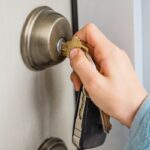
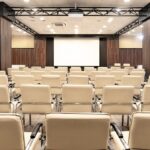
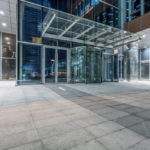
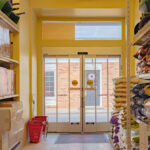
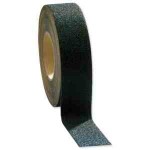
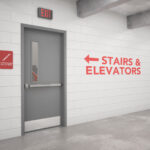
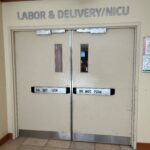
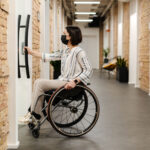
Ref: the Deadbolt With Thumbturn
We often use a “Classroom Deadbolt” ANSI E0171 on bathroom doors which only have a push-pull. This way, the Owner (usually a school) can lock down a bathroom that is in inoperable or out of use (e.g. football field bathrooms before and after a game). This way, if someone accidentally gets locked in by a lazy staff member who didn’t check the stalls (or a kid hides from detection), they have a way out.
If the Owner wants a latch and a deadbolt, we simply use a classroom or entrance mortise with deadbolt.
Hi Rick –
Yes, I would use a classroom deadbolt in that application too, but we’ve had more and more requests for a maintenance worker or cleaner to be able to lock the bathroom door from the inside to keep people out while they’re working in the room. That’s a bit of a challenge because the classroom deadbolt won’t allow them to do that, and the double-cylinder deadbolt isn’t permitted by code in that application. There is a special deadbolt function that they can use to lock the bathroom from the inside with a key but retract the bolt with a thumbturn.
– Lori